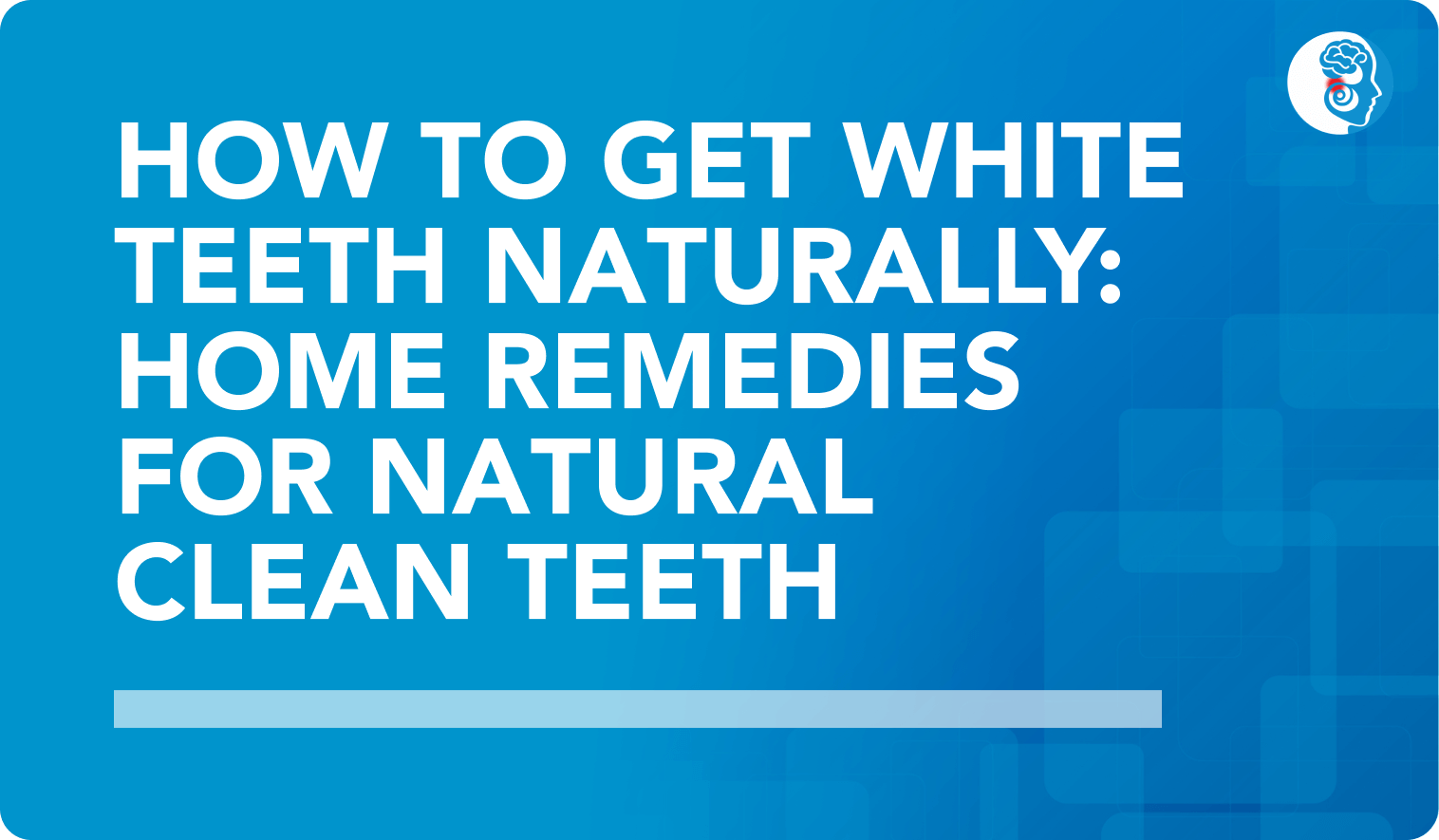
Neuromuscular Dentistry: The Science of a Balanced Bite
Your bite is more than just how your teeth come together. It also has an effect on the muscles and joints of your jaw. When
Published on
If you see that your child has crooked teeth, they need dental treatment. The issue needs to be addressed quickly. Taking the right steps early can prevent complex treatments later. Children may need braces at some point if their teeth are already crooked, non-aligned, and overcrowded. Braces for kids, retainers, and other orthodontic appliances will support them in getting the gorgeous confident smile they dream of. One of the most common questions regarding braces is when is the best age to get one for your child. Several factors play a role in oral health. If you think your kid needs dental care, do not hesitate to move forward and schedule an appointment with a dentist.
Still considering orthodontia for your child but unsure when is the best time to begin? You have landed at the right place. This blog will cover braces for children, what is the best age for braces and what to expect when going forward with the treatment. So, without further ado, let’s begin!
If your kid requires dental care, starting the treatment at this age can considerably decrease discomfort, pain, and other oral problems in the years to come. Sometimes, dentists may recommend an interception approach. It is the use of dental appliances early on, even when the kid mostly has baby teeth. When adult teeth grow, the second phase of the treatment begins.
The second phase includes braces for kids and takes less time than traditional braces since the procedure begins quite early. All in all, the right age to start your child’s treatment is based on the severity of your kid’s requirements. It is advisable to consult the dentists and orthodontists of TMJ India to make an informed decision.

When you think of braces for kids, conventional metal braces are what comes to mind. Bands, brackets, and wires made of stainless steel are used in metal braces to softly shift your child’s teeth over time. Metal braces are the most standard treatment option for kids. They are also quite affordable.
Kids as young as 11 years can undergo the Invisalign treatment, especially if they have lost their baby teeth. The arrangement provides a totally contrasting approach to straightening your child’s teeth. Instead of having fixed brackets, removable aligners guide your kid’s teeth in the right place.


Now that you have learned there is no right age to get braces for kids, getting your child thoroughly checked at regular intervals is the most important thing. If your kid’s dental issues are detected early enough, they can be rectified easily with the help of braces. Neuromuscular orthodontics ensures the right alignment of your child’s teeth, contributing to better oral health. Braces let children straighten their teeth and reduce the risk of long-lasting dental problems.
If you are concerned about finding a good dentist for your child and the right age for dental braces, there is TMJ India in Bangalore, Kolkata, Delhi, Mumbai, Kathmandu and Dubai which houses some of the best dentists and orthodontists who administer the best treatment. Your mind will be at peace knowing they will do everything so your child gets the best results quickly. Our techniques ensure that whoever consults us has a wonderful experience!
Contact us
Our other blogs

Neuromuscular Dentistry: The Science of a Balanced Bite
Your bite is more than just how your teeth come together. It also has an effect on the muscles and joints of your jaw. When

TMJ Joint Surgery: Complete Guide on Treatments, Benefits & Recovery
TMJ disorders can severely affect daily activities such as chewing, speaking, sleeping, and even maintaining proper posture. When jaw movement becomes restricted or pain becomes

Time Period for Braces and the Fastest Treatment Options
If you are planning to get braces to straighten your teeth, it’s very obvious to have hundreds of doubts in your mind like “How long
WhatsApp us